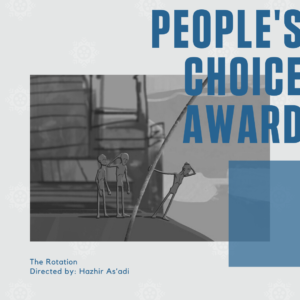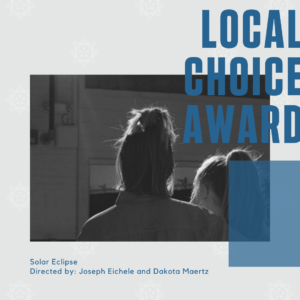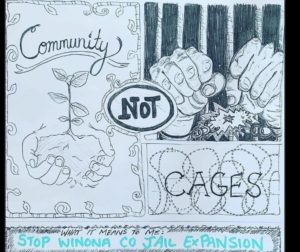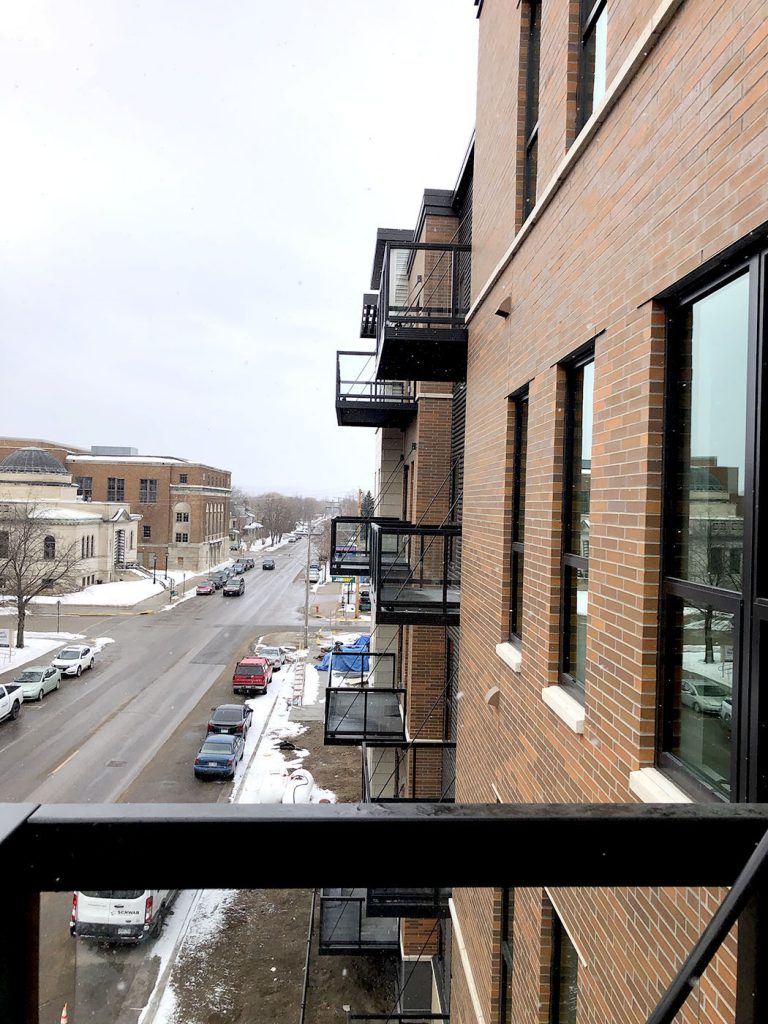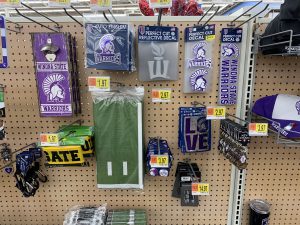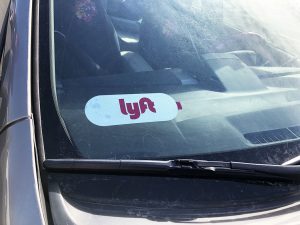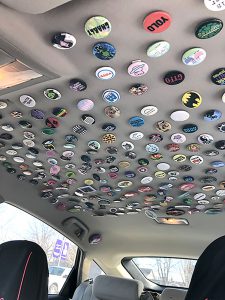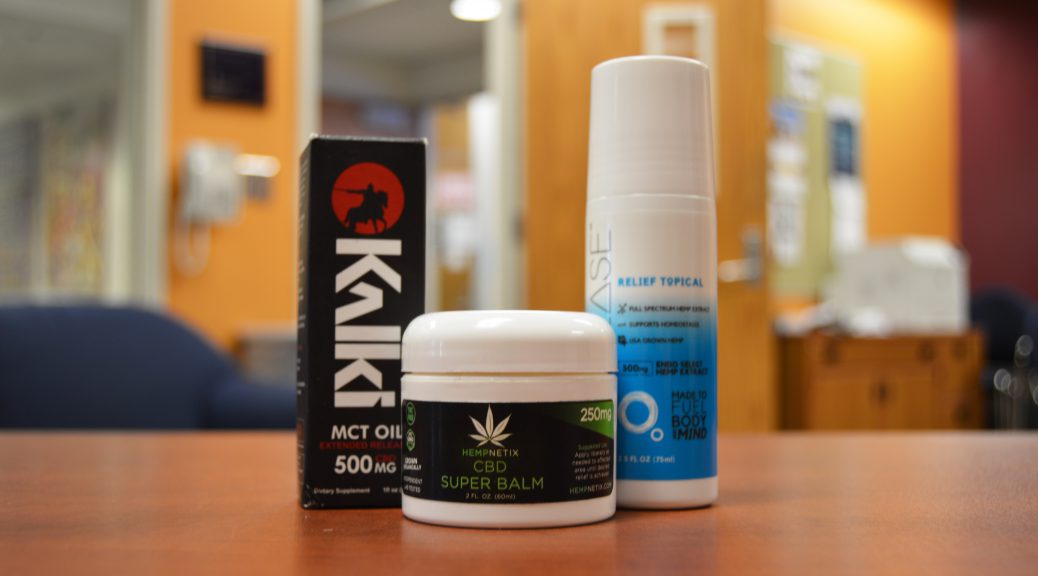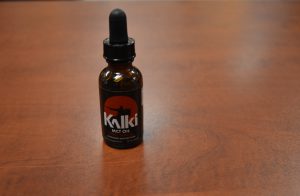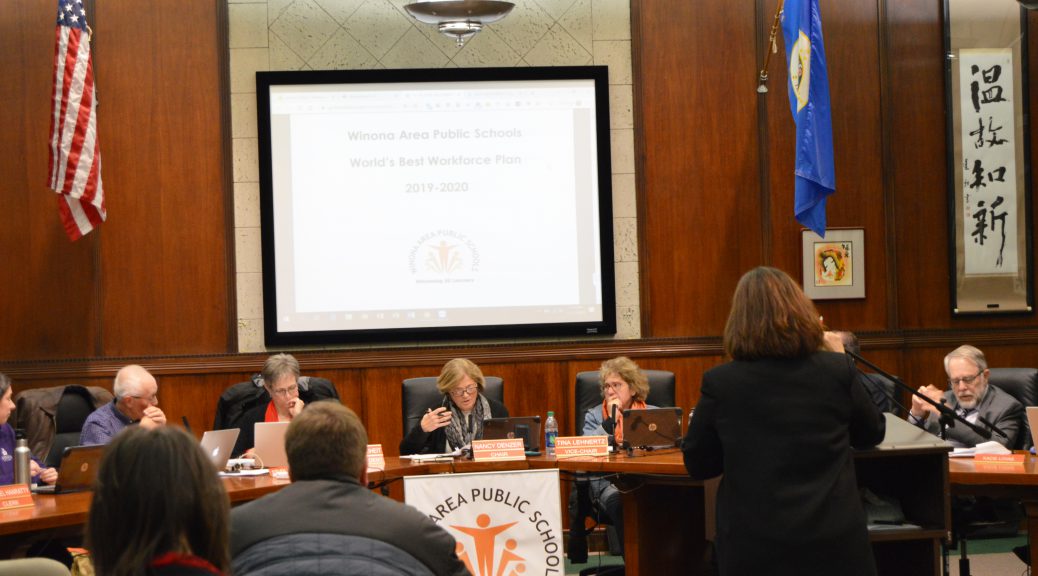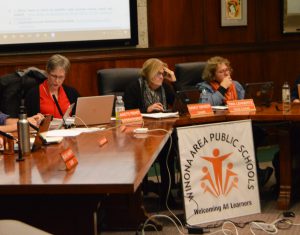Article and photos by Alek LaShomb
Throughout human history, mythology has tried to make sense of the world we inhabit. From Norse, Greek, Egyptian and even the modern-day comic book, mythology has sought to tell stories that revolve around the human experience. Those who have been tasked with distributing such marvelous tales understand the importance, especially when times are dire.
COVID-19 has put the planet on high alert, threatening the way of life in almost every country.
In the United States, the deadly infectious villain has forced Americans indoors, sheltering away from the chaos outside. The last bastion of civilization exists somewhere no one had anticipated: the local comic shop.
Driving through downtown Winona, one may focus their gaze upon the 19th century western-style buildings. Sandwiched between these outlaw-era structures resides Jimmy Jams, the local superhero headquarters.
Jim McCauley is the owner and gatekeeper of the Jimmy Jams sanctum.
In the early 1990’s, McCauley had graduated from college with a major in psychology and was hoping to obtain his master’s degree in businesses administration. Life, however, had different plans for this protagonist.
McCauley was introduced to comics at a young age. His mother used to bring him to bookstores that had boxes full of back issue comics. McCauley remembers his mom saying, “find 50 you want to keep, and I’ll buy them.” McCauley then discovered his love for reading books and comics.
However, McCauley explained his love for comics wavered throughout the years until he stumbled upon a DC-hero named the Sandman. DC, a major comic book publisher, includes the likes of Batman and Superman, but McCauley was enthralled with Sandman. The Sandman was a character from the 1940’s that was revived during the later half of the 20th century under DC’s more graphic brand, Vertigo. McCauley purchased volume 2 of The Sandman, which reignited his love for comics.
The Sandman was the catalyst that spurred Jimmy Jams, McCauley explained.
On November 4, 1994, McCauley opened Jimmy Jams, sacrificing his education to pursue his passion.

Inside Jimmy Jams is a plethora of pop culture. Upon entry of the store, one will notice a row of comics and graphic novels on the right wall. Starting from the far-left side, new editions are stacked on top of each other, with every issue competing to get a customer’s attention with its title hanging overhead. Towards the end of the wall by a door resides “must read” graphic novels, sourced from some of the greatest works ever written, such as X-Men: Days of Future Past.
A walk through the rest of the store reveals a back catalog of graphic novels, DVD’s, videos, board games and card games. The atmosphere of the store is that of a well-knit neighborhood, where interactions are wholesome and warm.
A woman stands alert behind the counter. Her excitement is expressed through a cheerful tone that transcends the face mask she’s wearing as she greets guests. Heather Betthauser has been the manager of Jimmy Jams for five years. Betthauser has been a comic buff her whole life, recalling early childhood memories when her dad used to bring home Batman comics.

During the pandemic, Betthauser has been on the frontlines, trying to provide a sense of normalcy for her customers during volatile times. To Betthauser, the comic shop embodies more than just another business – it’s a pillar of the community.
Jimmy Jams functions as a recreational outlet for Winona’s community, Betthauser said.
Tables situated in the back of Jimmy Jams normally welcome Magic players, a popular card game in the community. For these players, Jimmy Jams is a safe haven that allows them to commune.
COVID, however, has limited the ability for the Magic community to gather, with Jimmy Jams imposing guidelines that restrict the number of games and players in order to better protect against the unseen enemy. Betthauser says Magic players have adapted to the conditions, gathering safely for the love of the game.
While club interactions are a staple of the store, Jimmy Jams also operates as an educational component for kids learning how to read, Betthauser said.
Some kids have gravitated towards the mythical fortress to read comic books. Betthauser explained that comic books, and trading cards, trick kids into learning. Some parents have told Betthauser that their kids are unwilling to read unless it’s the newest issue of their favorite superhero.
The biggest part of the comic experience is the physical aspect. It begins with simple browsing, a process that takes some almost an hour. Then, once interest is piqued with a certain title, the reader scurries away to a corner, or sometimes the floor, to indulge in the most recent adventure. Readers carefully skim through the issue, trying to track down the epic climax to the story’s arc. The comic feels like a fresh Time magazine, with every page and seam crisp enough to easily cause a papercut. A mixture of fresh ink and paper collide to give the issue a distinct smell. Visually, the art jumps out, pulling the reader into the phantasmal story line. Text bubbles scream between your ears as you can hear every exclamation and punch.
Now, COVID has threatened this fantasy laden community. During the onset of the pandemic in the United States, Jimmy Jams was forced to close for the month of April, Betthauser said.
During the closure, comic publications were also halted, causing concern for readers worldwide. The comic industry, like Jimmy Jams, resisted the advances of the villainous virus, resuming print shortly after April. While supply is more limited than usual, Betthauser says that comics and board games have been the hot buy since their reopening.
What was feared as a death nail to the comic book industry has become a resurgence for the world’s strongest heroes.
“Anything that could be considered “collectable” has prices driven through the roof,” Betthauser said. “My guess is that people are trying to collect a piece from their childhood, which is driving people back to print comics. Having a physical copy of a comic or game brings back that nostalgia.”
Betthauser admitted that the pandemic has changed the shop’s experience. In the beginning, Betthauser said wearing masks was a change which led to an adjustment period as Winona adopted social distancing measures. Betthauser said they ask that people not touch everything, but that “if you’re interested in it, you have to see it.”
In the back of the store, Henry Leckenby is sorting through Magic trading cards.
Leckenby is a part time employee at Jimmy Jams and is also an elementary educator in Winona, Minnesota, and Lacrosse, Wisconsin. Leckenby has been visiting the store for 15 years, calling it one of his favorite places.

Leckenby was first drawn to comics when he was seven years old. His first comic experience was with Avengers issue 157, which was published on March 1, 1977 and featured a showdown between the Black Knight and the Avengers.
Leckenby, like Betthauser, believes in the community spirit that surrounds Jimmy Jams.
“It’s nice to be in an environment where the good guys can win,” Leckenby said.
From the street, Jimmy Jams may appear to be another store in a sea of small business eye candy. A closer look, however, reveals more than what meets the eye, a statement Optimus Prime would agree with.
Inside resides some of humanities highest ideals, packed into a 20-something page rollercoaster. Jimmy Jams is a store that cultivates learning, hoping to inspire the next curious customer to follow their passion despite the odds, like McCauley did in 1994.





